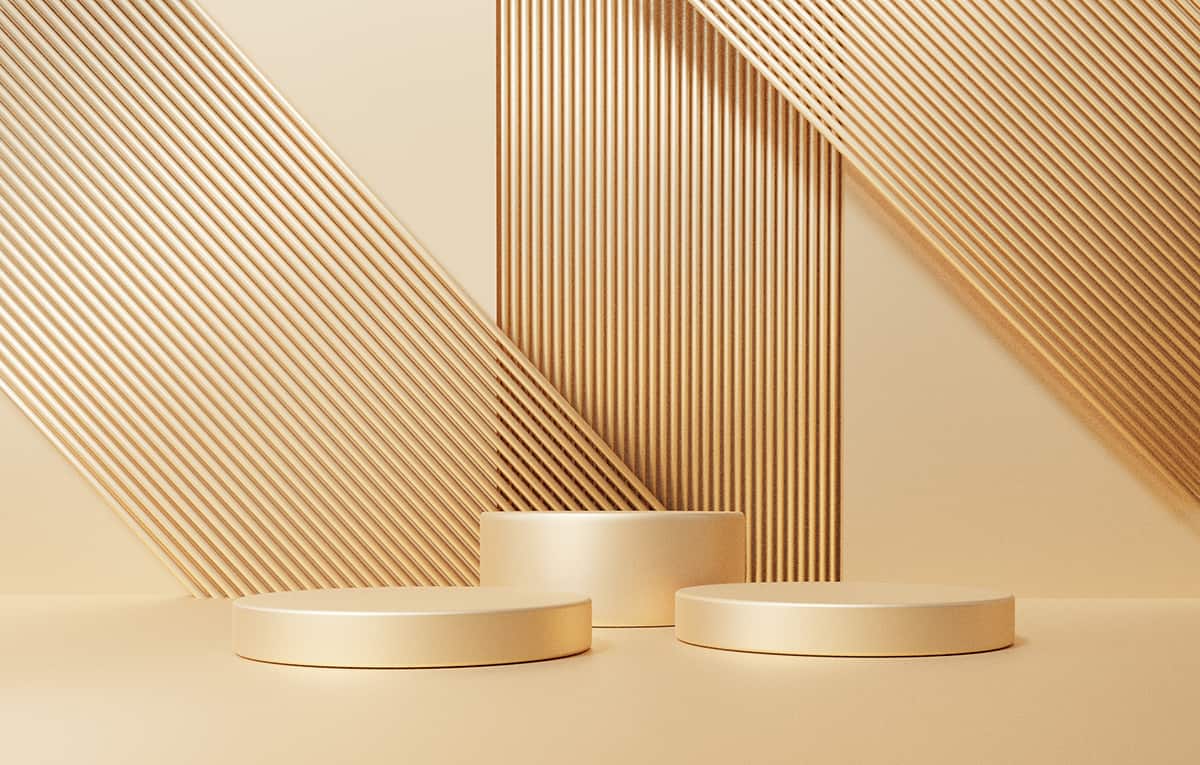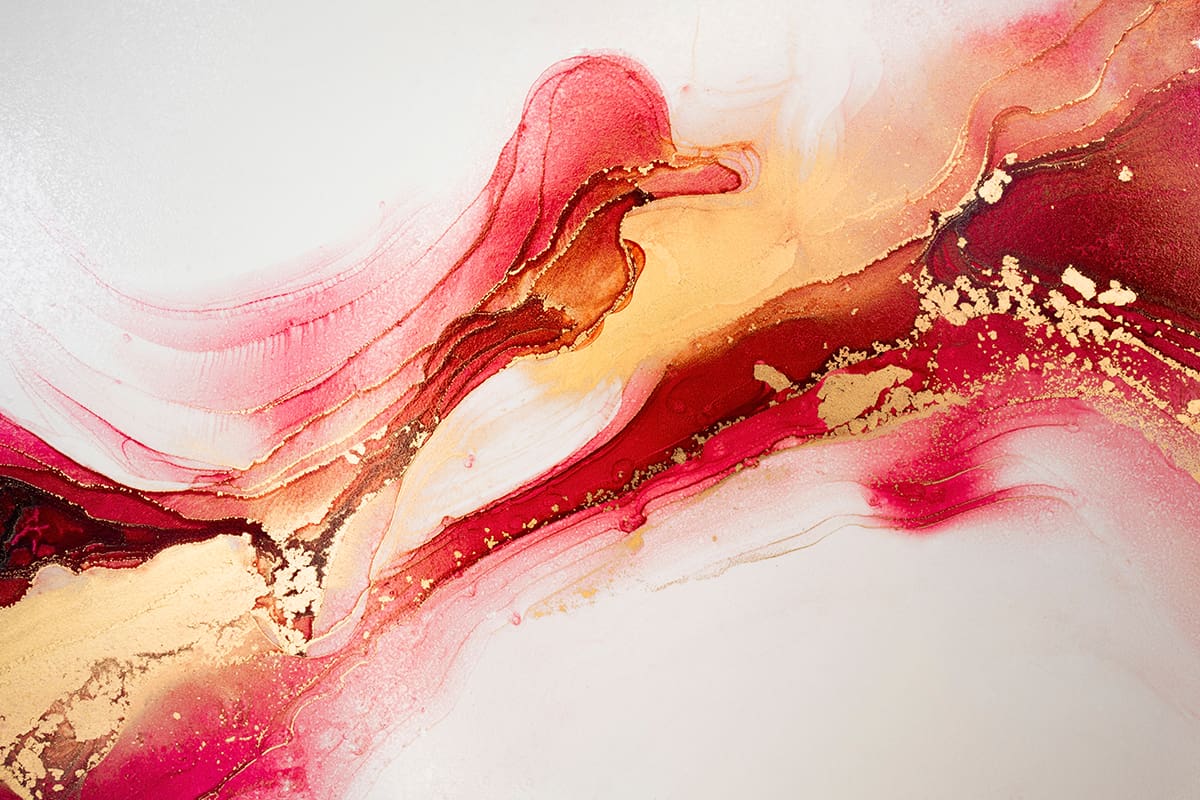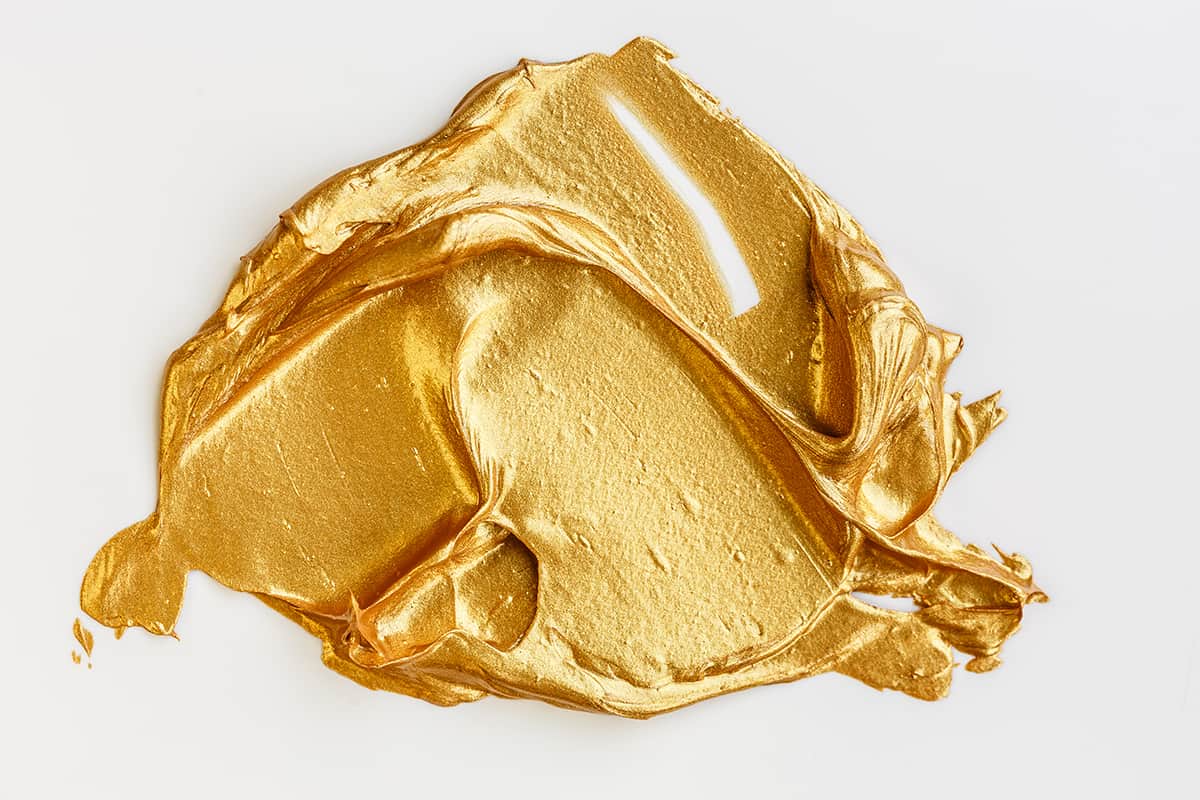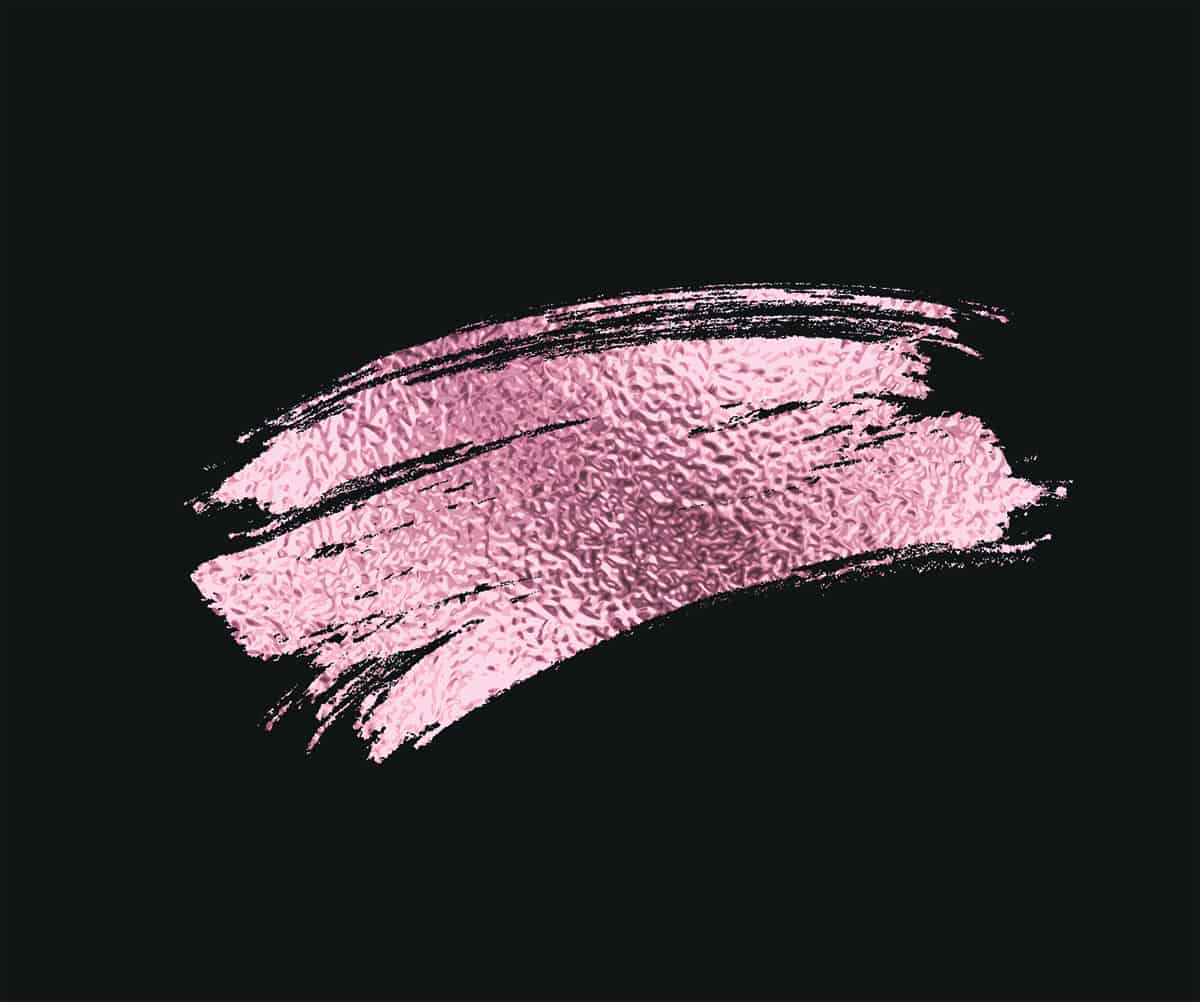Gold is a color that represents elegance, glamor, prestige, and success. Throughout history, it has been used as a symbol of stature, and in home decor, it can be used to create a sense of sophistication and class. Making the color gold is actually easier than you might think.
You can make gold by using the three primary colors in varying proportions, or you can make gold by mixing yellow with a small amount of brown. Here, we explore the different ways to make gold in more detail and learn more about this prestigious color.
Table of Contents
Is Gold a Shade of Yellow or Orange?
On the color wheel, gold sits somewhere between orange and yellow, so it’s hard to decipher if it falls in the orange or yellow family.
If we break down the shades between orange and yellow, we’ll find that gold does sit closer to yellow than it does to orange, though there are different variations of gold that can have a more orange hue, such as ochre.
Making Gold with Primary Colors
The three primary colors are red, yellow, and blue, and these are the basis for all other colors. You can make some shades of gold by just using red and yellow, but blue will also be needed for the most vivid, saturated shade of gold.
Red and Yellow
Red and yellow mixed in even proportions will make orange. Since gold sits between orange and yellow on the color wheel and could in fact be described as a shade of orange-yellow, you can achieve a gold shade by first creating orange and then mixing it with more yellow.
To create gold using just red and yellow, mix one part red to one part yellow to create orange, and then add in more drops of yellow until you reach a shade of gold you are happy with. The more yellow you use, the brighter the shade of gold the resulting paint will be.
The less yellow used, the warmer and more saturated the gold will be. If you add too much yellow and want to warm the gold back up, you can just add another drop of red to get back to a darker shade of gold.
Red, Yellow, and Blue
The three primary colors of red, yellow, and blue can all be used together to make gold paint. To do this, first mix one part yellow with one part blue to achieve green. Next, mix one part green with one part red, to make brown. Alternatively, you could make brown in a single step by mixing one part yellow, one part blue, and two parts red.
Once you have a brown paint, you need to mix this with yellow to make gold. It is better to add drops of brown paint to the yellow paint rather than the other way around because you will achieve gold more quickly. If you add yellow paint to brown paint, it can take a lot of yellow to overcome the depth of the brown.
Ideally, start with a cup of yellow paint and add brown in a few drops at a time, and then mix. Keep repeating this process until your gold color has been reached. If you go too far and the color looks too brown, you can just put more yellow in to take it down a few shades.
Can You Make Gold with Brown?
If you have brown paint, then you can turn this into a shade of gold by adding yellow paint. Depending on the type of brown paint you are starting with, varying proportions of each will be needed to achieve your ideal gold shade.
In most cases, you will need around three or four parts yellow to one part brown, but this is not an exact science. Trial and error will be the best way to make the right shade of gold.
How to Make Gold Paint
Gold paint can be made in a variety of ways depending on what colors you have on hand to start with. For the best custom shade of gold, you should start with the three primary colors; red, yellow, and blue.
These colors can be mixed in varying proportions to give you a range of gold shades.
You can also make gold by mixing orange and yellow, or brown and yellow, or a combination of brown, orange, and yellow, but this will give you less control over the final color compared with having the primary colors available to mix.
Can You Make Gold Without Yellow?
Gold has a yellow hue, so yellow is one of the most important colors you will need in order to make gold. You can try to make a deep shade of gold using brown and orange, but the resulting color will be closer to tan or cinnamon than it will be to gold. For a truer gold color, yellow is essential and will form the basis for any gold paint.
Can You Make Metallic Gold Paint at Home?
Gold paint doesn’t need to be metallic, and in fact, if you’re using gold paint for walls or trim, then a flat finish will be more appropriate. However, if you’re making gold paint to upcycle furniture, then you might prefer metallic gold for a more realistic finish. There are several ways to achieve a shimmering gold look with homemade paint, depending on the type of results you want.
Varnish
If you want your gold paint to look more realistic or have a metal-like finish, then coating it with a few layers of varnish is one way to achieve this. Paint your item in your gold paint, and once dried, apply the varnish following the manufacturers’ instructions.
While this won’t create a shimmering finish, it will give the gold a glossy shine, making it more closely resemble real gold. Varnish will also make the item more hardwearing as an added bonus.
Shimmer powder
If you want your gold paint to have a subtle glow, then adding a small amount of shimmer powder to the mix can work well. This will give the gold paint the appearance of glistening, with highlights being more obvious on spots where sunlight hits the surface of the paint.
Glitter
For a gold surface that really sparkles, adding glitter to the paint is a good option. This will create a reflective surface that appears to twinkle when light shines on it. Rather than using standard glitter, a glitter additive designed specifically for use with paint will give the best results.
These types of glitter come in a range of colors and avoid clumping or fading. Glitter paint looks great when used on feature walls, or it can make a children’s bedroom feel magical when used across every wall in the space. Dark spaces can also be lifted with glitter additives because they catch the light and create an extra dimension that makes the room feel more expansive.
Metallic mineral powder
Metallic mineral powders, such as mica, are a type of additive that can be mixed into paints, resins, and coatings to create metallic or pearlescent finishes.
This is the best way to achieve a professional metallic gold result when mixing your own paints, and these products are surprisingly easy to get hold of online and are relatively low in cost. A small amount of powder goes a long way, so add it in gradually until you get your desired level of shimmer.
Color proportions
If you don’t want to change the finish of your gold paint, but want it to read as more intense or deep, then simply changing the color proportions in the mix can help with this. Although gold forms part of the yellow color family, gold that has a more obvious orange hue will look more heavily saturated and can create the illusion of real gold.
To achieve this, make your gold paint and then add very small amounts of orange until the desired hue is achieved. If you don’t have any orange paint available, you can add very tiny drops of red to your gold mix to up the intensity.
How to Make Rose Gold
Rose gold can be considered as a shade of pink or as a shade of gold with a rosy hue. You can create rose gold paint at home by mixing other colors of paint together. First, you will need to make gold paint, and in a separate pot, mix red and white together to make pink. Next, create a new mixture using two parts gold and one part pink.
You will then need some silver or gray paint to add to this mix to create the muted, blush tone that rose gold has. Rose gold can take a matte form or have a shimmery finish. Depending on the look you want to achieve, you can mix in additives to your rose gold paint, as detailed above, to alter the finish of your paint.



